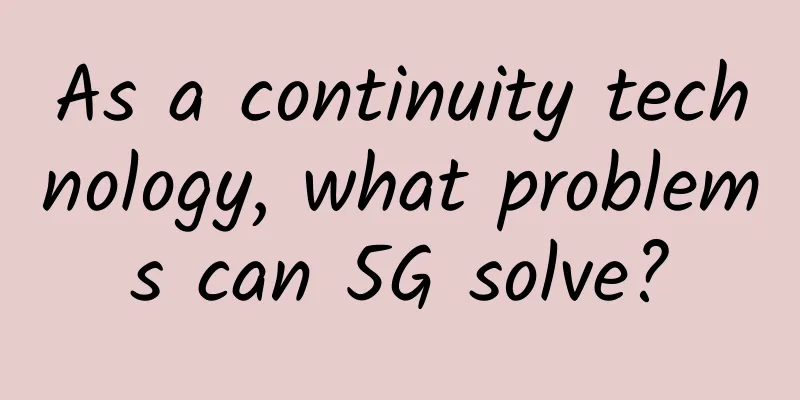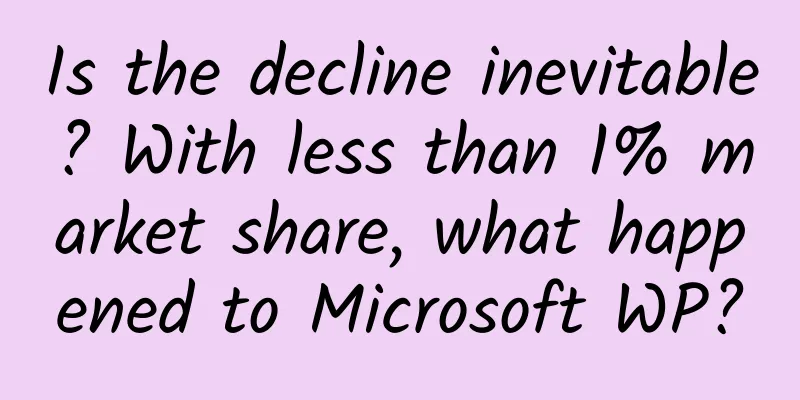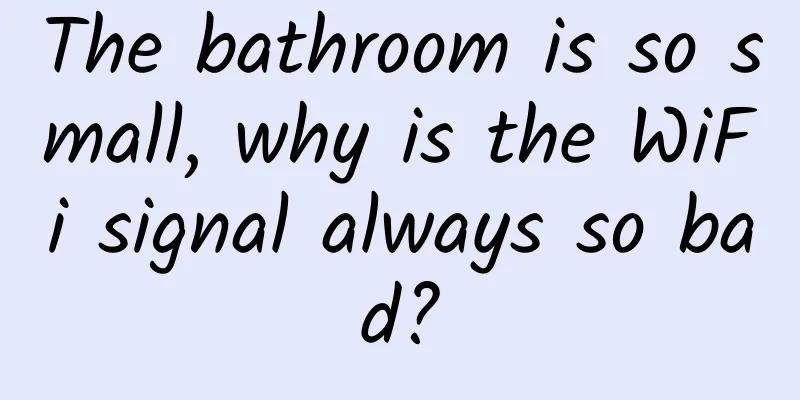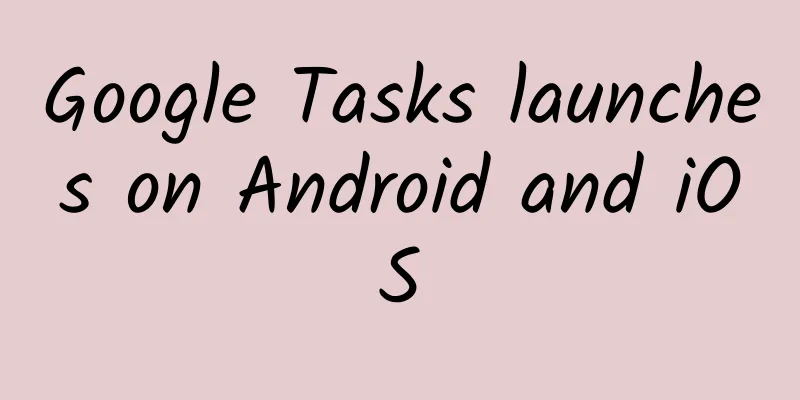As a continuity technology, what problems can 5G solve?

|
The 4G construction of the three major domestic operators is in full swing. A few days ago, it was reported that the preliminary technical planning of 5G has begun, and companies such as Huawei have begun to invest in development. As a typical continuity technology, the arrival of 5G seems inevitable, but its necessity is worth discussing. From the first generation of analog wireless communication technology to the current 4G technology, the overall idea of the new generation of communication technology replacing the previous generation of communication technology is to achieve increasingly higher spectrum utilization efficiency and lower unit call or data costs. The first generation of wireless communication technology is analog technology, using frequency division multiple access, and the spectrum utilization efficiency is very low. The purpose of GSM at the beginning was to use digital technology to replace analog technology, improve the quality of voice calls, improve the spectrum utilization efficiency, and reduce the cost of networking. GSM can be said to be the most successful wireless communication technology to date, which can achieve global roaming. GSM mainly solves the problem of voice calls, and with the increase in the demand for mobile data, the third generation of mobile communication technology (3G) was proposed. The biggest technical feature of the third generation of communication technology is the use of code division multiple access technology (CDMA). As countries around the world see the huge benefits of mobile communication technology, they propose three unrelated communication technologies, which leads to the actual division of the global 3G network. The convenience of global roaming is far less than that of GSM. In the process of development, 3G has proposed multiple versions with the development of technology. The data service rate has been increasing, but due to the constraints of CDMA technology, the spectrum utilization efficiency will have a limit, and with the advent of 4G, its development finally stopped. The 4G network is a data service-based network, and its biggest advantage is the improvement in data rate. The biggest technical difference from 3G is the use of OFDM coding, which has greatly improved the spectrum utilization efficiency. Moreover, the two standards of FDD and TDD are only different in the air interface, and can actually be considered as one technology. The 4G network does not support voice channels like the 2G/3G network. It can support voice services after adopting VoLTE technology. In fact, this is an IP phone. The data volume of voice services is very small compared to data services. After deploying VoLTE, the voice service capacity of the 4G network can be said to be close to unlimited. Similar to the GSM protocol for analog-to-digital conversion, the 4G protocol is expected to achieve the same success. The biggest disadvantage of 4G networks is the large number of global frequency bands. There are currently 44 4G frequency bands allocated by 3GPP, with frequencies ranging from 700MHz to 3.6GHz. This makes terminal design very complicated. For example, current domestic full-network mobile phones need to support GSM/CDMA/WCDMA/TDSCDMA/EVDO/TDD-LTE/FDD-LTE, with as many as 17 frequency bands. Even with support for so many frequency bands, global roaming still requires the use of the GSM network. The 4G network has achieved a part of the credit for increasing the data rate by acquiring more spectrum resources. The bandwidth supported by 4G is variable, up to 20MHz. With the support of wide bandwidth and OFDM efficient coding, the download rate of up to 150Mbps under the CAT4 standard can be achieved. The carrier aggregation (CA) function is to obtain higher download speeds when multiple carrier frequencies work together. This is also achieved by obtaining a wider frequency band. The price paid is that the mobile phone needs to support multiple RF receiving chips and antennas. There is a prerequisite for users to use such a fast network, that is, you are the only one using the current network. If multiple people are using the mobile network together, the 150Mbps is shared. The more people use it, the slower the speed will be. The reason is the open nature of the mobile network. Users share the current frequency band. In places where people are too dense, the use of 4G will be seriously blocked. It is also due to this feature that operators cannot reduce costs to the extent that users can use it at will like wired networks. For example, if a base station has a coverage radius of 300 meters and 100 people use the mobile network to watch videos at the same time, the network will be extremely busy. On a wired network, 1,000 people can watch videos at the same time. To address the problem of dense population, the current solution for operators is to use micro-cell technology to increase the number of base stations in a small area. Spatial diversity technology represented by smart antennas is immature and requires the antenna to transmit in one direction. There is currently no hope for this technology to be solved. The proposal of 5G technology is generally to increase the data communication rate and reduce the unit data service cost. From the main technologies currently announced, such as dense network deployment, multi-antenna array technology, user rate, transmission power, energy efficiency and other key technologies, there is no relationship with 5G itself. They can be solved within the scope of 4G. What 5G needs to do is to solve the problem of spectrum utilization efficiency. Moreover, the problems brought by the openness of mobile networks in 4G still exist in the 5G era. The cost of dense network deployment is very high, and it only solves the point problem, not the surface problem. There is a cheaper solution to the point problem, which is WIFI. Due to the cost, WIFI does not require complex infrastructure such as base stations and network centers. The development speed is much faster than mobile communication technology. The 802.11ad standard can already reach a communication speed of 5Gbps. Moreover, WIFI was a point solution at the beginning of its birth, and there is no surface problem. Moreover, due to the low cost, it is not a problem to deploy more points. Simplified, 5G actually only needs to solve one problem, which is the problem of watching videos on the move. Other benefits such as global roaming brought by a single standard and simplified terminal design cannot be realized because the global frequency band is no longer unified and the programmable filter cannot be realized. Since the 5G standard can only solve one problem, will 5G come? As a typical continuity technology, 5G will definitely come. The so-called continuity technology means that all companies in this circle are in a prisoner's dilemma. If you can't do it, others can do it. If you do it poorly, other companies will surpass you, so you can only do the best technology that continues later. To break this circle, it can only be done by destroying it from outside the circle. This circle is currently very stable because users' demand for data services refers to wired networks. At present, users of wired networks are not fully satisfied, and mobile networks have greater room for development. To break this circle, it is necessary to meet users' requirements for data communication speed and price without too much inconvenience. It is optimistic that the free WIFI provided by Internet companies can break this circle. As a winner of Toutiao's Qingyun Plan and Baijiahao's Bai+ Plan, the 2019 Baidu Digital Author of the Year, the Baijiahao's Most Popular Author in the Technology Field, the 2019 Sogou Technology and Culture Author, and the 2021 Baijiahao Quarterly Influential Creator, he has won many awards, including the 2013 Sohu Best Industry Media Person, the 2015 China New Media Entrepreneurship Competition Beijing Third Place, the 2015 Guangmang Experience Award, the 2015 China New Media Entrepreneurship Competition Finals Third Place, and the 2018 Baidu Dynamic Annual Powerful Celebrity. |
<<: Why has the iPhone been able to dominate the Japanese mobile phone market for a long time?
>>: EU cracks down on Google: Who is jealous and resentful behind the scenes?
Recommend
How to effectively regulate the frequent chaos in the short video industry?
Recently, four short dramas produced by Mi Meng&#...
How many minutes should you boil eggs to make them tasty? This experiment will tell you!
You have all eaten eggs, right? There are so many...
Are you afraid of DDoS like a tiger? Relax and Google's protection project is now online
As early as 2013, Google launched a project calle...
Li Ronghao's new song lyrics have nine words. What's going on? Finally the truth is revealed. It turns out to be like this!
Brother, that's awesome! Early this morning, ...
Practical case analysis: A personal account can gain 1,000 followers per day with just one trick
"Before the arrival of 5G, what you want is ...
Thrilling! The man's action caused a sudden loud noise in the car, just because he put these
Before we knew it, it was already June. The tempe...
Why can’t user portraits be implemented?
User portraits , as an effective tool for outlini...
Is there a scientific basis for the saying that shopping makes people happy?!
As soon as Double Eleven arrives, we all become s...
How much does it cost to produce a Hulunbuir Electrical mini program?
The mini program provides convenience for publici...
Home appliance giants are focusing on smart home: seizing a market worth hundreds of billions
Apple (647.35, 2.53, 0.39%), a giant in today'...
WeChat and Alipay announce major changes
[[428363]] Good news! WeChat and Alipay announced...
The impact of the App Store's disruptive revision on users and developers
In the early morning of June 6th, Beijing time, A...
The Pacing algorithm behind Facebook's advertising system
[[163141]] Last month, Facebook released its eye-...
How can an APP quickly build a push operation system?
The Internet population dividend has completely b...
Pan Jianwei: Quantum technology is related to national strategy and can only be achieved through continuous breakthroughs and innovations
▲ On May 26, 2015, Pan Jianwei was debugging equi...









